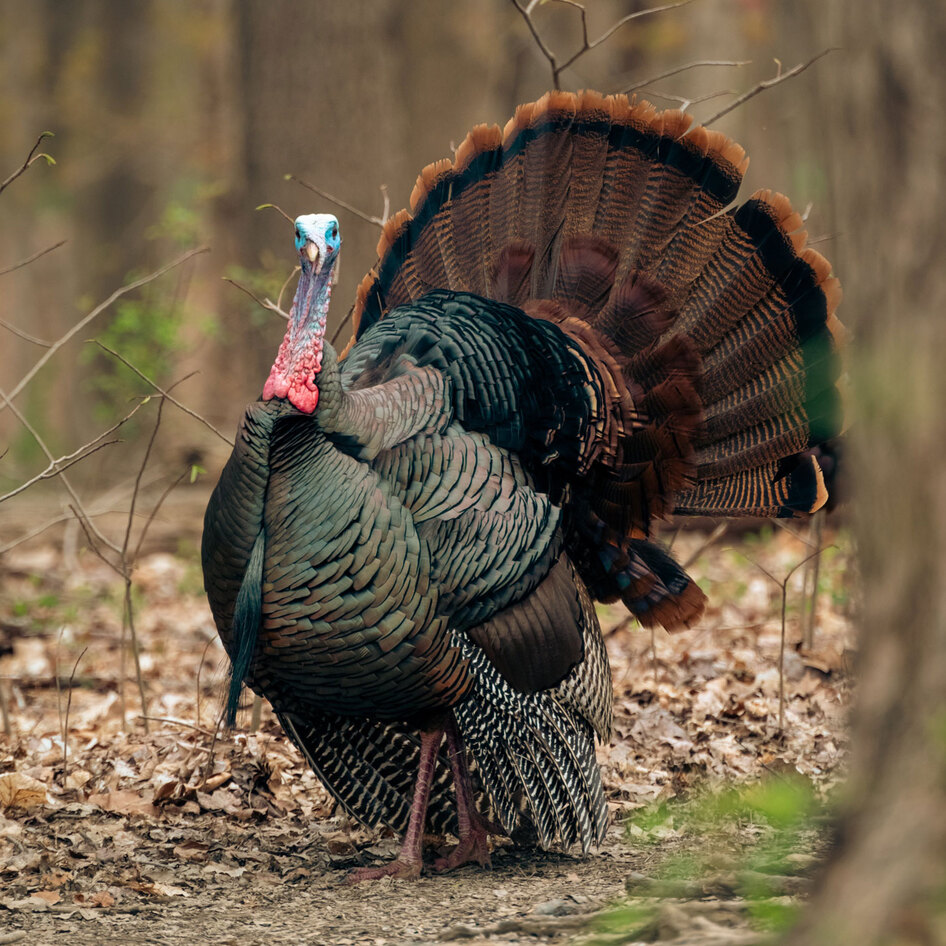Animal-Abuse Registries: What They Are and How They Work
On October 12, Suffolk County, NY, established the nation’s first official animal-abuse registry, beginning what could be a ground-breaking movement.
October 24, 2010
On October 12, 2010, Suffolk County, NY, unanimously passed a law that created the nation’s first animal-abuser registry. Suffolk County, located on the eastern half of Long Island, is home to 1.5 million people and an unknown amount of animals, both of whom the legislation will benefit immensely. The registry, to be administered by the county’s Society for the Protection of Cruelty to Animals (SPCA), will require animal abusers to register with the site and provide up-to-date information of their address, picture, and other identifiable details for five years after their offense. The required fees from the abusers will support the registry financially, and failing to register can result in a fine of up to 1,000 dollars and up to a year in prison. While Suffolk County is the first government entity to pass such an ordinance, the concept is a part of a bigger movement, headed and championed by the Animal Legal Defense Fund (ALDF), and their campaign, Expose Animal Abusers.
Countless organizations across the country work to rescue and alleviate animals from suffering imposed by abusers. But more than acting as reactionaries, organizations look to develop ways to be proactive in stopping animal abuse. The idea of doing so through tracking animal abusers is not new. In 1986, Roni McCall was working in various shelters and made the observation that though many had lists of individuals not suitable to adopt, there was no system for communicating these names between shelters. In 1986, she began Through Their Eyes, a database that attempts to log animal abusers. “It isn’t anything fancy and doesn’t have a lot of bells and whistles—just a simple Excel spreadsheet,” she says, that’s made available to the public. Still with a small staff of volunteers, it’s hard for Through Their Eyes to keep up with enormous amount of cases that occur.
In the late ’90s, Megan’s Laws were enacted in states across the country, establishing registries for sex offenders. Stephan Otto, Director of Legislative Affairs with the ADLF. took notice, and understood that the same system and benefits could be applied to animal abusers. In 2001, Otto drafted model legislation to enact an animal-abuser registry. Colorado was the first state to test the bill in 2002, followed by Rhode Island in 2003, and Tennessee in 2008 and 2009, though for various reasons, a registry has never been enacted until this year.
The goals of an animal-abuser registry extend beyond that of a crime database, which mostly acts as a listing of crimes committed. By providing more detailed and updated information, Otto says ADLF’s legislation addresses two goals: to save lives and to save money. Having a registry helps to ensure the well-being of animals and people alike. “Owing to the strong connection between those who abuse animals and those who commit other types of violent crimes in our communities, having these people on a registry will hopefully reduce the chances of them harming new victims, whether they’re animals or people,” Otto says. Through providing this information of adult offenders in a publicly available form, the registry will arm individuals to make informed decisions regarding both their animals and their family members. Additionally, shelters and other agencies in the companion animal business can use the registry as a means to better screen potential guardians.
Unfortunately, animal abusers are likely to strike again—animal hoarders, for instance, have been found to have a recidivism rate approaching 100 percent, Otto says. The registry works to take away the position to reoffend, which not only saves victims, but can save the state money in costly court cases. Prosecuting animal abusers can cost tens of thousands of dollars, from the shelter and care of animals to attorney and court fees. Looking at the proposed legislation, many states have established the cost of a registry at a fairly low level, Otto says, thus if it only prevents one or two cases, it has paid for itself. The saved resources can then be allocated toward serving other animal needs in the community.
With nearly 4,000 cases waiting to be input to the Through Their Eyes registry, McCall says she would be happy to be put out of a job by registries being established in every state. And with the first legislation having gone through, that is now more a reality than ever. “Getting the first one through is always huge,” Otto says. “Legislators are more keen on following sometimes than being the first.” There are currently animal-abuse registry bills in states such as New York, California, Louisiana, Washington, Colorado, Connecticut, Massachusetts, Minnesota, Rhode Island, Utah, Tennessee, and Virginia.
Though the ADLF anticipates the model laws will see variation throughout the country, the direction of the laws and the impact they could potentially have on animals remains the same. It’s an opportunity to save the lives and the well-being of an untold amount of animals.
JUMP TO ... Latest News | Recipes | Guides | Health | Subscribe







